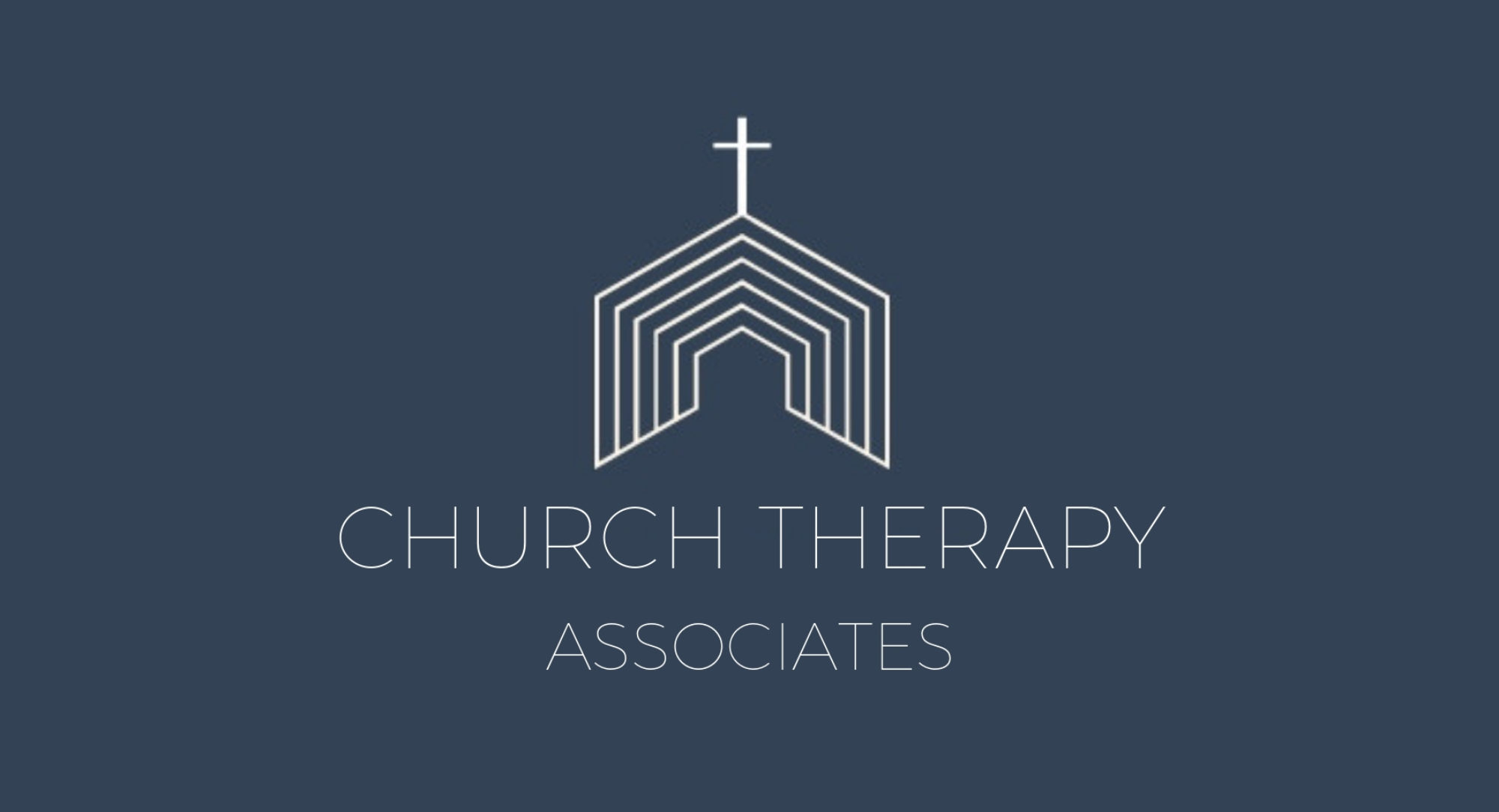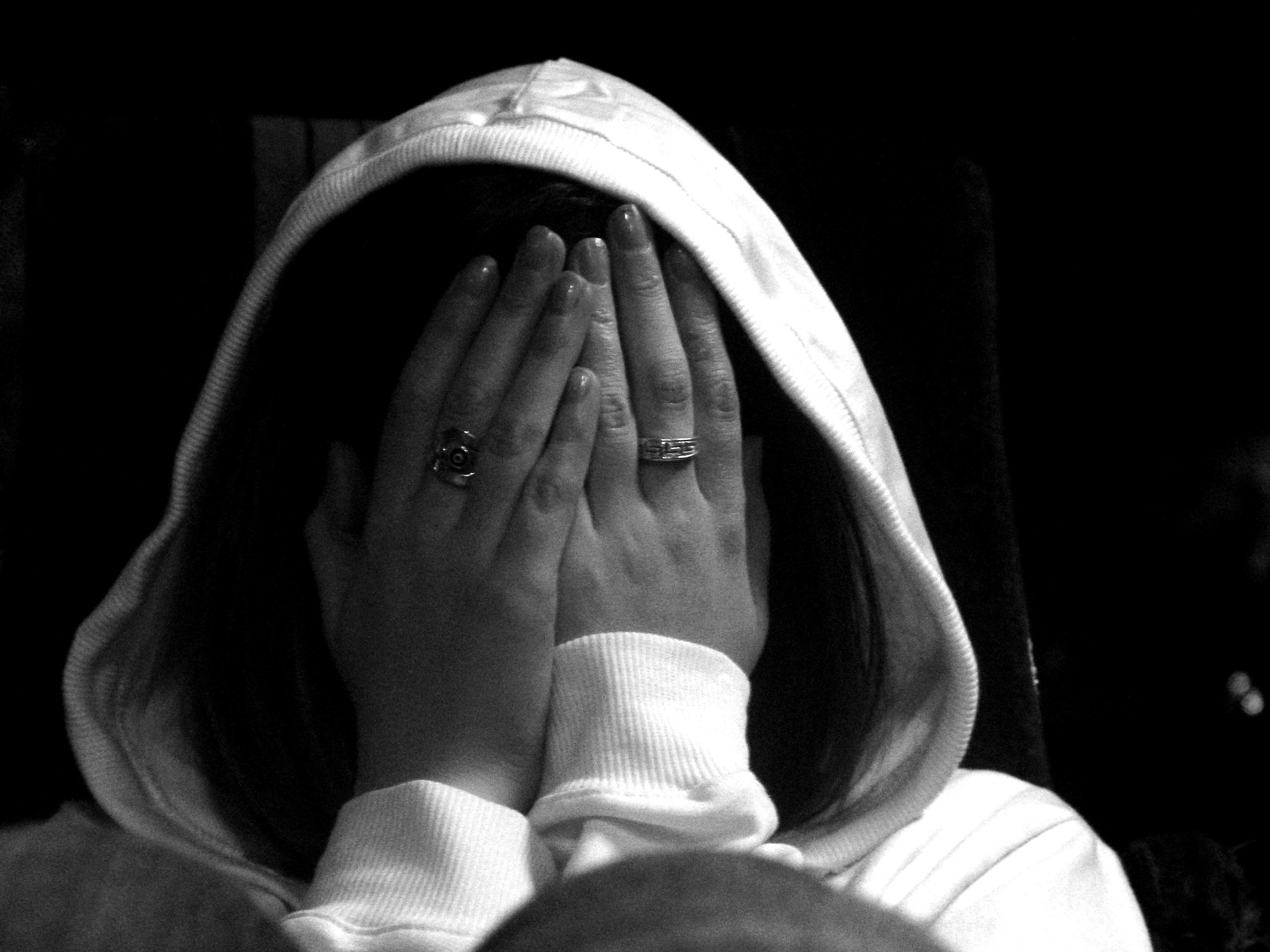It’s everywhere you go, chasing you like a shadow. It stops in to your job or your home uninvited when you least expect it. It lurks in dark corners that you pretend are not there, except in those times you run into the dark to feel hidden for a while.
Shame. A byproduct of a broken heart. Not quite regret, though they are close friends. Embarrassment is a distant cousin. But shame lives in the core of your identity. It seems to define who you are, it whispers lies about what others think.
Everyone has a past. Some carry good memories, others bad, and still others have empty spaces where memories have been forgotten, intentionally or otherwise. These memories give definition to identity. Without memory, we would simply float in a confused vacuum with nothing tying us to anything else. But with memory, pain lingers and wounds are carried far beyond the original damage done.
Imagine walking into a church for the first time in your life, your past and shame following close behind. Truth hitting lies and lies fighting right back, eager to keep the prize they have won in your heart. This is the context of the church. Truth and lies in a bitter battle for souls.
Sadly, many churches lose this battle. Some don’t try to fight. Some fight lies with more lies. And some have good intentions but ran out of weapons long ago. But there are some places where safety exists. Where the healing power of Jesus can reach into this heart-battle and command an end. Where freedom is found and hope is given.
But then what? What is the next step in rebuilding an identity crippled and withered for so many years? For many, it’s therapy. A place to talk, explore, be understood, and develop new ways of seeing oneself. When the church refers people to therapists outside the church, a gap is created. It’s an unintentional gap, but a gap nonetheless. And it is in that tiny crack where shame can hide and resurface long after the “issues” seem done.
This crack is the place in which a person can hide with their doubt and fear. They can develop a “church self” and a “therapy self.” Between those is that place where a person can wonder if the church would really accept them if they knew everything the therapist now knows. And it is the same place where that person can also wonder if the therapist truly cares or if it is just a job. It is the reason that in traditional therapy, clients and therapists are terrified of running into each other in another setting. Reality: this is actually another person I am interacting with! Shame must flee within the confines of those four therapy walls, but shame does not like encountering acceptance in a different context. Fear shouts, “You can’t love me here! Only there!” And often therapists are unsure how to treat clients as people no matter where they are, with awkwardness translating into, “I didn’t sign up to see you right now…”
Church Therapy closes this relational gap, as the church provides therapy within its own context of safety. A licensed professional who is present in the church as a leader and staff member communicates, “We accept you. Tell us everything and we will still be here. You are person who is loved.” It creates a different level of presence that breaks down those artificial barriers that are stigmatizing even though they are accepted practice in the counseling world. I can’t stop caring about my clients when they (or I) leave my office. They can’t write me off as caring only because it is my job to do so. I am present in their lives in a holistic way, on a team with their pastors who are providing additional support and care. Shame is smacked in the face as acceptance and understanding replace fears of rejection. A fully authentic spiritual community reproducing greater authenticity as it accepts each member unconditionally. It is here that healing is found as Christ’s love penetrates every dark corner of the mind and forms a new creation, doing away with the old for good.


Excellent insights Kristen! There are so many good reasons for offering therapy in a church setting and you provided a few more I had never thought of before. The image you pant of a “church self” and “therapy self” is so true. I love your vision of breaking down this barrier and of helping churches reach new levels of authenticity and acceptance. Thank you for some great, new insights!